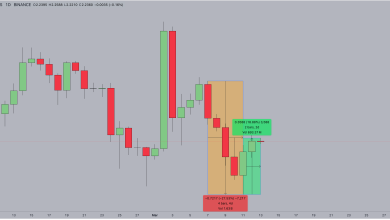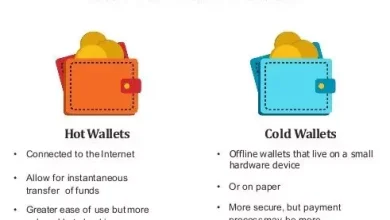Crypto Security: How to Protect Your Digital Assets from Hackers

In today’s fast-evolving digital landscape, security has become a top priority for crypto investors. This article, exclusively written for Coin Analysis, explores the most effective strategies to protect your cryptocurrencies from hackers, scams, and digital threats that continue to evolve with the blockchain ecosystem.
1. Understanding the Risks of Digital Assets
Cryptocurrencies, while offering decentralization and financial freedom, also attract cybercriminals seeking to exploit vulnerabilities. From phishing attacks and malware to exchange hacks and SIM swapping, the methods used by hackers are becoming increasingly sophisticated. Understanding these threats is the first step toward securing your assets.
2. Use Hardware Wallets for Maximum Protection
One of the safest ways to store your crypto is through hardware wallets (cold storage). Unlike online or “hot” wallets, hardware wallets store your private keys offline, making them nearly immune to hacking attempts. Brands like Ledger and Trezor are trusted options for both beginners and experienced investors.
3. Enable Two-Factor Authentication (2FA)
Adding two-factor authentication to your crypto exchange and wallet accounts adds an extra layer of protection. Even if a hacker gets your password, they will still need a time-sensitive verification code—usually generated through an app like Google Authenticator or Authy.
4. Beware of Phishing and Fake Websites
Hackers often create fake websites and emails that look identical to legitimate crypto platforms. Always double-check URLs, avoid clicking suspicious links, and never share your private keys or seed phrases online. Bookmark trusted websites to prevent accidental access to fraudulent pages.
5. Keep Your Software Updated
Regularly updating your operating system, browser, and wallet software ensures that security patches are applied promptly. Outdated systems are more vulnerable to attacks that exploit known weaknesses.
6. Diversify Your Holdings and Wallets
Avoid putting all your digital assets in one wallet or exchange. via diversifying across multiple wallets, you reduce the risk of losing everything in the event of a breach. This is a simple yet powerful way to enhance your crypto security.
7. Avoid Public Wi-Fi for Transactions
Public Wi-Fi networks are often unsecured, allowing hackers to intercept data transmissions. Avoid making crypto transactions or logging into your accounts while connected to public Wi-Fi. Instead, use a trusted mobile network or a secure VPN connection.
8. Educate Yourself Continuously
Crypto security is not a one-time setup—it’s an ongoing process. Stay updated on new threats, scams, and best practices by following reputable sources like Coin Analysis, which regularly publishes trusted cybersecurity insights and market updates.
Conclusion
Protecting your digital assets from hackers requires a combination of technical precautions and constant vigilance. via following these best practices—using hardware wallets, enabling 2FA, avoiding phishing attempts, and staying informed—you can safeguard your crypto portfolio and ensure peace of mind in the decentralized world of finance.







